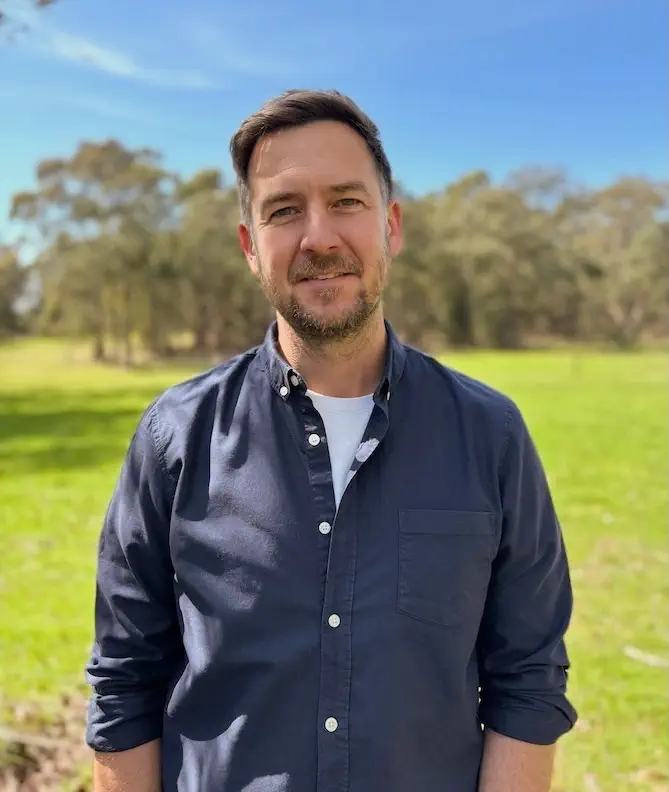As generative AI becomes a common part of our workflow - moreso as an additive layer to traditional search - the question of ‘GEO’ (Generative Engine Optimisation) comes up a lot. And by a lot, I mean that I’m asked several times a day what we’re doing about it.
There are two schools of thought on this. One camp, often looking to sell a new service IMO, is capitalising on fear by positioning GEO as a complex, brand-new discipline.
My view? It’s about 90% the same as the user-led, product-led SEO I’ve always practiced.
That other 10% isn’t some secret new set of tactics. It’s largely a symptom of these systems being in their infancy. Because today’s LLMs are essentially retrieval systems training on existing web information, any source you control can influence them. This can make some changes feel more tangible or quicker to appear than we’re used to with traditional SEO.
But this isn’t a long-term strategy and the core principles haven’t changed. The temptation to find a new ‘hack’ for this new interface is still a tactic-first mindset. The better, more durable approach is a product-led and user-led one.
The Engine Still Isn't Your Audience
What we’ve learned over decades is that these systems always evolve. With every iteration, they get better at aligning with what people actually want rather than what’s been gamed into the results.
This ‘designing for the engine’ mindset is still with us. How do I get the edge? Back in 2011, it worked. I remember spinning up a templated site on an exact-match domain, adding some basic copy, throwing spammy links at it, and ranking #1 by lunchtime. It was absurd. But the engines were simple, and it was easy to cheat them.
Those days are over. Chasing the quirks of this new AI interface is a fool’s game, just as it was before.
But then, I still see people posting about how they’ve got into an LLM answer with some tactic. Great - let me know if its still there in a few months.
The Feedback Loop Just Got Tighter (And That's a Good Thing)
We used to have months between major Google updates. We had time to test, observe patterns, and gradually shift strategies.
That’s gone.
AI models are being retrained and fine-tuned at a rate we’ve never seen, reinforced by direct user feedback. If an AI surfaces your content and the user skips it, rephrases their question, or thumbs-down the response, the model learns.
This means that even if you do find a trick to get visible today, you’ll be edited out by tomorrow if your product (your content, your answer) doesn’t actually deliver.
This is a good thing. It means you can’t fake it anymore.
The tactics to fool the system are dying and the real fundamentals become stronger;
- A good product.
- A strong brand.
- Good customer service.
- Genuinely helpful content.
These create positive user feedback loops that the AI will learn to trust. You can’t optimise a bad product into an AI recommendation for long.
The Messy Middle is Your Product's Proving Ground
I get the feeling that AI is collapsing the old funnel.
Top-of-funnel ‘what is’ queries are now handled instantly by AI and it can do it better than we can. It can summarise 10 articles into one clean answer, making much of that old, shallow awareness content redundant.
Bottom-of-funnel brand and pricing queries are also being absorbed and answered directly.
This leaves the middle of the funnel, the messy middle, as the real opportunity. This is where users are weighing up options, validating choices, comparing products, and building trust. This is where your product-led mindset wins.
- Can your product help them make a complex decision?
- Does it reflect real-world experience and helpful detail?
- Does it solve their problem in a way an LLM's generic summary cannot?
If an LLM can explain something better than you can, you’re wasting your time. But if your content reflects deep user understanding, you’ll stand out not just to users, but to the retrieval systems designed to serve them.
So, What to Do Next?
First, ignore the hype and don’t panic. Forget trying to reverse-engineer language models.
For me, this is the same SEO I’ve always practiced. The fundamentals haven’t changed; they’ve just become more important and harder to fake.
Focus on your actual product. Focus on your customer. And focus on creating a content-product that earns its place by answering real questions, guiding real decisions, and building real trust.
You don’t need to optimise for the engine. You need to be the best solution for the person the engine is trying to serve. That’s the only strategy that lasts.





